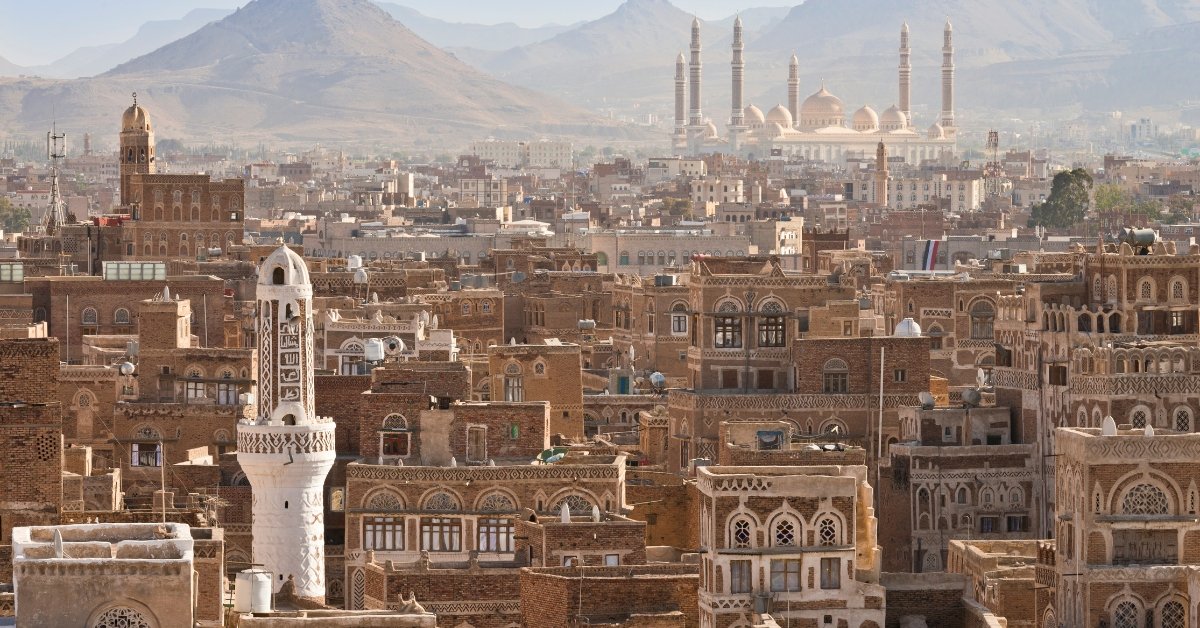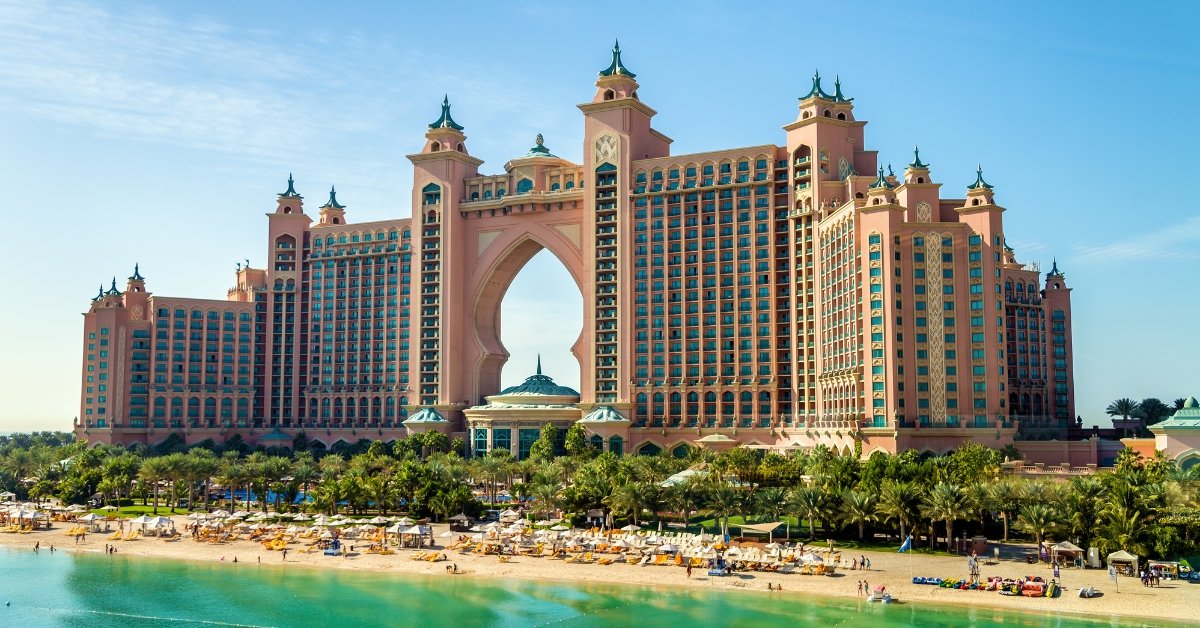Learn why the U.S., led by Trump, is bombing Yemen in 2025. This simple guide teaches about the Houthis, shipping attacks, and human costs.
Table of Contents
Hey there!
If you have been hearing about U.S. bombings in Yemen lately and wondering what is going on, you are not alone.
It is a big story making waves worldwide; we are here to explain it clearly and concisely.
Picture this: a country torn by war, a group called the Houthis causing trouble in the seas, and the United States stepping in with airstrikes.
But why?
What is the goal?
Moreover, what does it mean for the people caught in the middle?
Let us dive in and explore this together, step by step, with a human touch and a clear lens.
As of April 6, 2025, the U.S., under President Donald Trump, is dropping bombs on Yemen to stop the Houthis—a rebel group—from attacking ships in the Red Sea and Gulf of Aden.
These waterways are like highways for global trade, and the Houthis have been stirring up chaos there.
However, there is more to this story than just ships and bombs.
It is about power, people, and a messy conflict that has been brewing for years.
So, please grab a cup of coffee, and let us unpack why the U.S. is bombing Yemen, who the Houthis are, and what is really at stake.
The Spark: Houthis and the Shipping Crisis
Imagine you are a sailor on a cargo ship, carrying goods like clothes or food across the Red Sea.
Suddenly, drones or missiles come flying your way.
That has been the reality for many since the Houthis started targeting ships in late 2023.
By March 2025, they had launched over 190 attacks on shipping, sinking two vessels, capturing one, and taking at least four lives.
Why?
They say it is to support Palestinians in Gaza, significantly after Israel blocked aid there in early March 2025.
The Houthis had paused their attacks during a ceasefire in January, but when aid stopped flowing again, they fired back—literally.
These attacks are not just random.
The Red Sea handles about 12% of the world’s trade—think of it as a lifeline for moving goods from one country to another.
When ships get hit, prices increase, and people everywhere feel the pinch.
The U.S. says it is bombing Yemen to protect freedom of navigation, a fancy way of saying it wants the seas safe for everyone.
Trump has been loud about it, claiming his airstrikes have “decimated” the Houthis.
But have they?
We will get to that.
Operation Rough Rider: Trump’s Big Move
On March 15, 2025, the U.S. kicked off Operation Rough Rider, a military campaign led by Trump in his second term.
It is not a small effort—think planes roaring over Yemen, targeting Houthi bases in cities like Sanaa, Saada, and Hodeidah.
They are hitting radar systems, air defenses, and spots where missiles and drones are launched.
The idea?
Impede the Houthis’ ability to attack ships and send a message: stop or face more.
Trump is not shy about it, either.
He has shared videos of the strikes, boasting about U.S. power.
However, this is not just about Yemen.
It also warns Iran, the Houthis’ most prominent supporter.
Iran gives them weapons—drones, missiles, you name it—and Trump warned on March 18 that if the Houthis keep going, he will treat it as Iran picking a fight.
It is like a chess game, with Yemen as the board and more prominent players like the U.S. and Iran moving the pieces.
Who Are the Houthis, Anyway?
Let us back up a bit.
The Houthis are not new to this.
They are a group that’s been around since the 1990s, rooted in Yemen’s northern mountains.
By 2014, they had taken over Sanaa, the capital, kicking off a civil war against Yemen’s government, which Saudi Arabia backs.
They are tough, determined, and part of what Iran calls its “Axis of Resistance”—a network of groups fighting against the U.S. and Israel in the Middle East.
Their ship attacks ramped up after the Israel-Hamas war started in October 2023.
They saw a chance to flex their muscles and stand with Gaza.
Fast forward to 2025, and they are still at it, even claiming they shot down a U.S. drone and aimed at American warships.
That is why the U.S. is hitting hard now—it is more complicated than it was under President Biden, who kept strikes more limited.
The Bigger Picture: Power Plays and People
So, why is the U.S. bombing Yemen beyond just ships?
Some say it is about showing strength.
The U.S. wants to keep control in the Middle East, especially with Iran pushing its influence.
Others think it is about backing Israel, a close ally, since the Houthis’ actions tie into the Gaza conflict.
However, it gets tricky here: bombing does not always solve things.
Saudi Arabia tried airstrikes on the Houthis for 10 years and did not win.
The Houthis are still standing, partly because Yemen’s rugged land—mountains and deserts—makes them hard to beat.
Plus, when bombs hit homes or kill civilians (at least 61 since March 15, including kids), it can make more Yemenis support the Houthis, not the U.S. It is a cycle: bombs fall, anger grows, and the fight drags on.
The Human Cost: Yemen’s Heartbreak
Now, let us talk about the people—not the leaders or armies, but the everyday Yemenis.
This war has been tearing their country apart since 2014.
Homes are rubble, food is scarce, and millions need help.
The U.S. bombings in Yemen are adding to that pain. Rights groups say civilian areas are getting hit, even if the U.S. says it is careful.
Imagine living in Saada, hearing explosions, and not knowing if your street is next. Too many people live this reality.
The numbers are staggering: 19 million Yemenis need aid in 2025, and the bombings make it harder for help to reach them.
The Houthis sometimes block aid, too, which only deepens the crisis.
It is a heartbreaking mess, and while the U.S. aims at military targets, the fallout hits families hardest.
Does It Work? Questions and Doubts
Here is the million-dollar question: Are these U.S. airstrikes on Houthis making a difference?
Trump says yes, but not everyone agrees.
The Houthis keep fighting, even after hundreds of bombs.
They are used to war, and their Iranian weapons keep coming.
Some experts argue the real goal is not just ships—it is about flexing U.S. muscles and pressuring Iran.
Others say it repeats old mistakes, like Saudi Arabia’s long, failed campaign.
What is clear is that Yemen’s people are stuck in the middle.
The U.S.-Houthi conflict might slow the shipping attacks, but it is not ending the war. Moreover, with every strike, the human cost climbs.
Is there a better way?
Diplomacy or more aid could shift things, but right now, bombs are the loudest voice.
What Can We Do?
Reading this, you might feel a mix of frustration and hope.
The U.S. bombing of Yemen is a harrowing story, but it is not the whole one.
Yemenis are resilient—poets, storytellers, and families who keep going despite everything.
If you want to help, consider groups sending aid or raising awareness.
Stay curious, ask questions, and share what you learn.
Every little bit keeps their story alive.
So, what do you think?
Is the U.S. doing the right thing, or is there a better path?
We would love to hear your thoughts—drop them below, and let us keep this conversation going.
Final Thoughts: A Simple Truth
The U.S. bombings in Yemen in 2025 are about ships, power, and a fight that’s bigger than one country.
Trump’s leading the charge, the Houthis are pushing back, and Iran’s in the shadows.
However, at its heart, this is about people—those on ships, planes, and under the bombs.
It is messy, it is human, and it is worth understanding.
Thanks for walking through it with us—let us keep shining a light on what matters.






